Vrste usnja  Senna Senna: sobota, 9. januar 2010, ob 16.11 uri; ogledov: 0Hej, poznamo različne vrste usnja glede na obdelavo pa ločimo gladko usnje (napa), kosmato usnje (nubuk, semiš, velur). Pri čevljih sem opazil, da se pretežno uporablja semiš, tudi pri ½ta dragih½ čevljih. Po mojem dojemanju pa semiš ni ravno najbolj kvaliteten, vsaj fotr je skoz govoru da semiš ni fajn. Ali morda kdo ve kaj so dobre lastnosti semiša, da se tako pogosto uporablja in katero usnje je po vašem najkvalitetnejše za gorniški čevelj (če gledamo na trajnost, odpornost, nepremočljivost, dihanje)? |
 Odgovori Odgovori
| | |
|
 Senna Senna: sobota, 9. januar 2010, ob 16.11 uri Hej, poznamo različne vrste usnja glede na obdelavo pa ločimo gladko usnje (napa), kosmato usnje (nubuk, semiš, velur). Pri čevljih sem opazil, da se pretežno uporablja semiš, tudi pri ½ta dragih½ čevljih. Po mojem dojemanju pa semiš ni ravno najbolj kvaliteten, vsaj fotr je skoz govoru da semiš ni fajn. Ali morda kdo ve kaj so dobre lastnosti semiša, da se tako pogosto uporablja in katero usnje je po vašem najkvalitetnejše za gorniški čevelj (če gledamo na trajnost, odpornost, nepremočljivost, dihanje)? |
|
 marco marco: torek, 19. januar 2010, ob 13.27 uri Se opravičujem, a če ti kaj pomaga opis raznih vrst usnja v angleščini s strani [url]http://www.bestard.com/frmTecnologia.php3[/url]:
Amfibic full-grain leather
It’s the most natural and original leather, where we have maintained and treated the exterior part of the cow-hide. Here, at the epidermis level, or grain, fibres are united very closely, making the leather more consistent, tough and resistant against water and cold.
Nobuk leather
Nubuk is derived from natural full-grain leather. The outer epidermal layer of natural leather is maintained because the fibres, or grain, are naturally very close-bonded. This gives the leather a tough and water resistant consistency, with natural insulation against the cold. In order to obtain the characteristic velvety suede effect of Nubuk leather, the natural grain is given a light sanding. This results in more breathable, supple leather with a better response to water-proofing agents but which retains the desirable characteristics of full-grain leather.
Split suede
Hide is usually split into several layers. The dermal layer just below the grain is the layer we cure for our split suede. We choose only the highest quality split leather, which has undergone sophisticated treatments to impart extra toughness and an extraordinarily fine finished surface. In its thinner versions, it is an excellent choice for breathable hiking and outdoor boots where lightness, flexibility and softness are a priority.
For all our robust and tough Mountaineering and Trekking boots we only use extremely high quality split leather from the prestigious Perwanger tannery. Situated in the middle of the Tyrolean Alps, it has been manufacturing high quality leather since 1780, and has become a benchmark of what is today’s absolute best choice for mountain boots. Their process still uses artisan techniques, and each and every leather is submitted to strict quality controls at each working station during the complete process, in order to be sure they keep meet our demanding requirements of water-repellence, durability and high quality finish.
Perwanger leather
For all our robust and tough Mountaineering and Trekking boots we only use extremely high quality split leather from the prestigious Perwanger tannery. Situated in the middle of the Tyrolean Alps, it has been manufacturing high quality leather since 1780, and has become a benchmark of what is today’s absolute best choice for mountain boots. Their process still uses artisan techniques, and each and every leather is submitted to strict quality controls at each working station during the complete process, in order to be sure they keep meet our demanding requirements of waterrepellence, durability and high quality finish.
|
|
 Senna Senna: torek, 19. januar 2010, ob 20.52 uri Ja neki novega sem pa zvedu o Perwanger usnju, ki ima dologo tradicijo. Kosmato usnje veliko uporabljajo ker je prožnejše in se ga lažje impregnira. Sicer sem pa že potešil svojo radovednost malo na internetu in malo s pogovori z različnimi hribovci :D . |
|
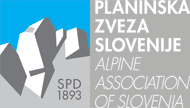
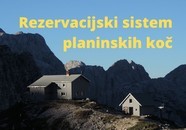
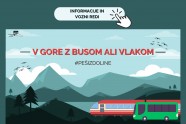
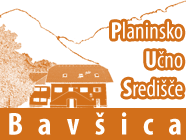
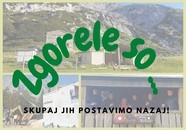

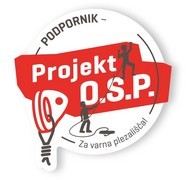
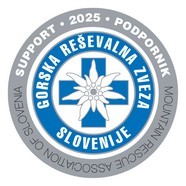
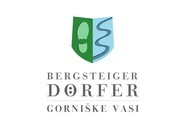
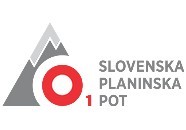





 Prijava na E-novice
Prijava na E-novice
 Naveza
Naveza English language
English language


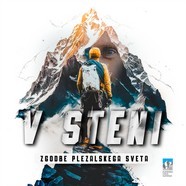
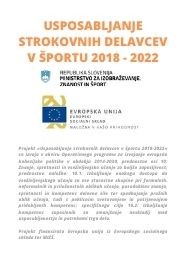


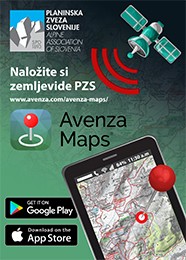
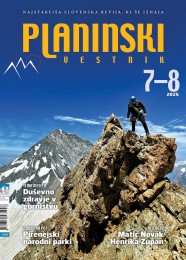
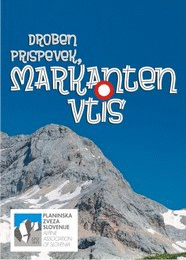
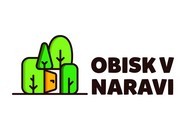
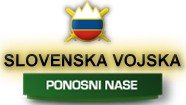


 Prijava
Prijava O avtorjih
O avtorjih